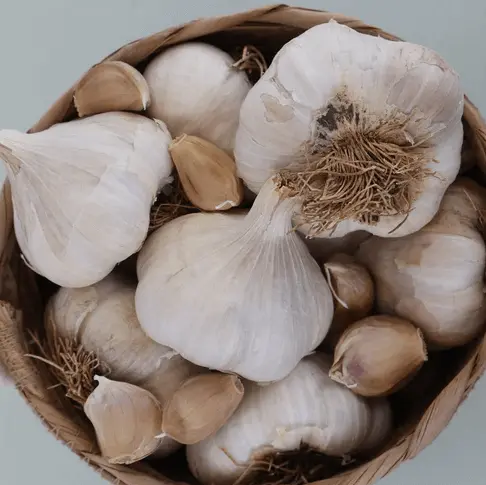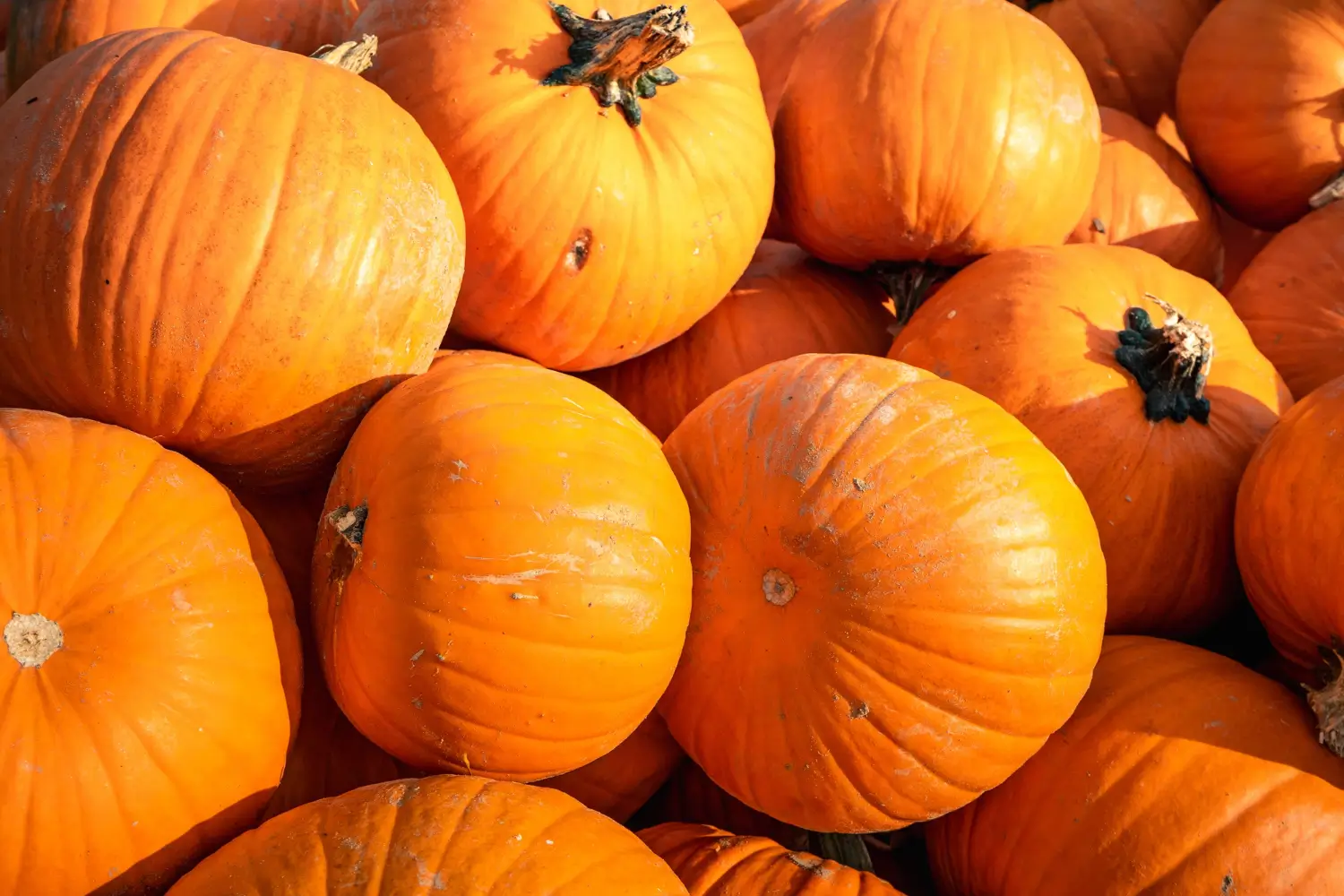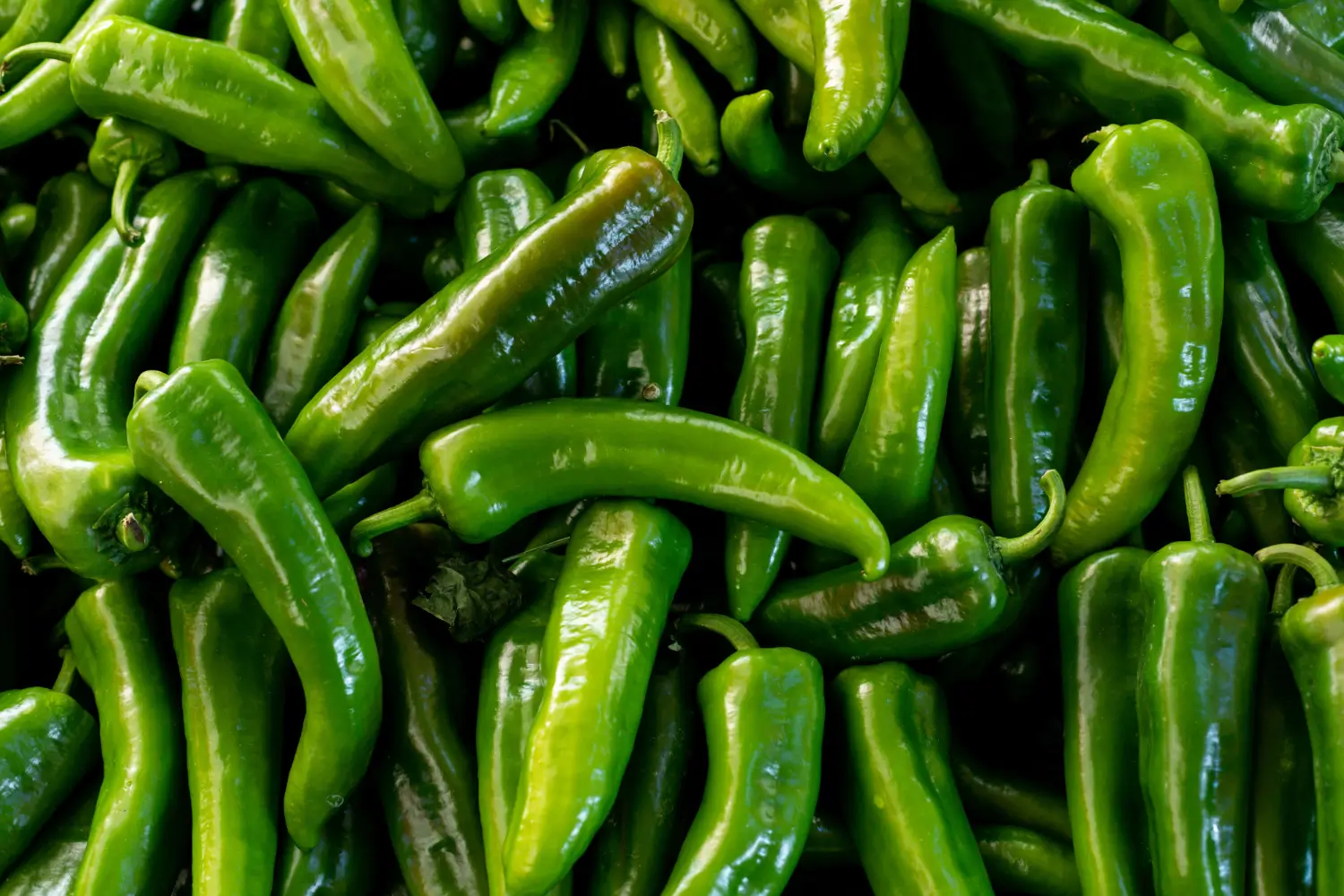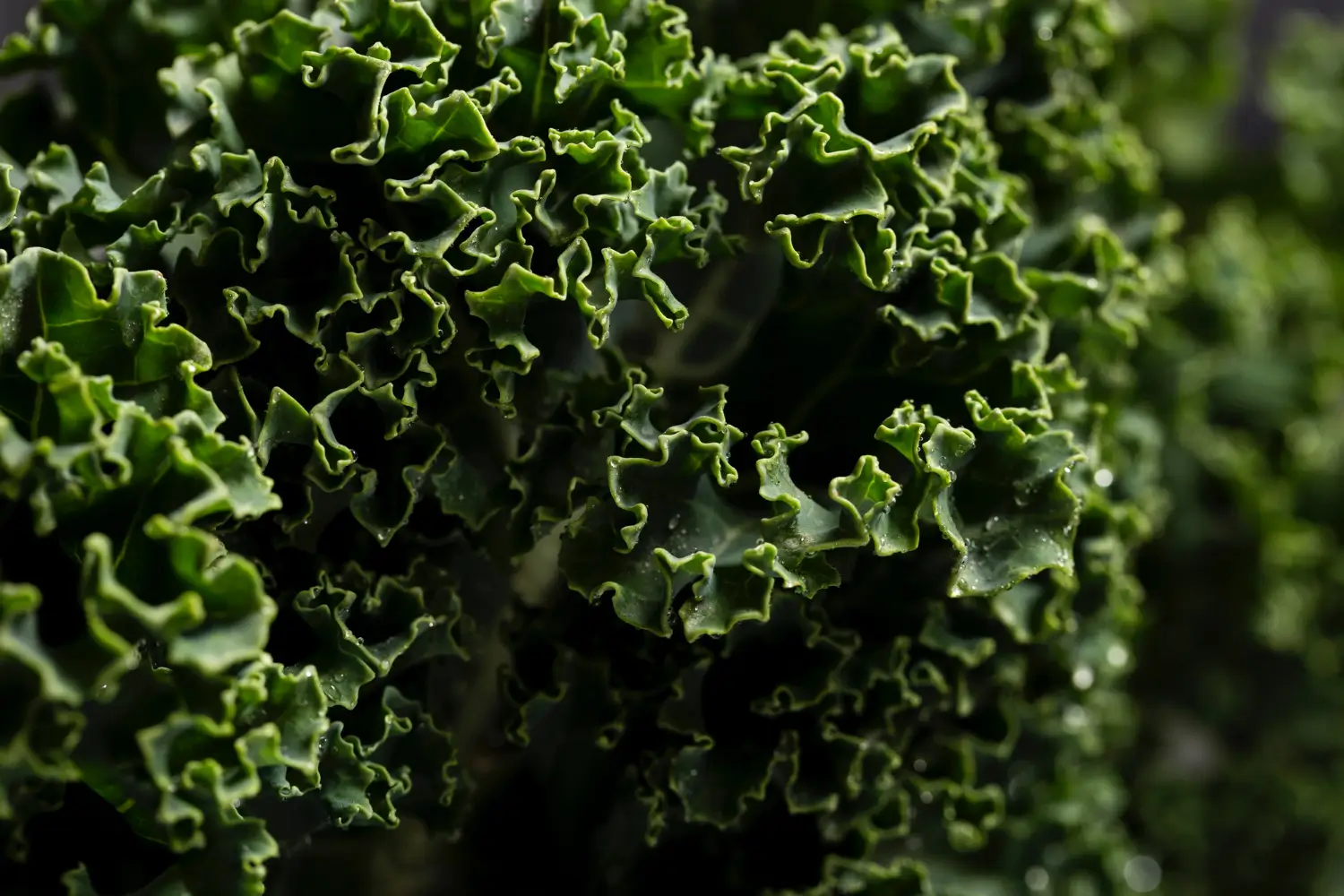
Soil Health & Fertilization
We unite suppliers and green industry professionals worldwide
Garlic grows well in many temperate conditions, but the Softneck variety is ideal for sunny Mediterranean-like atmospheres and it has cooking applications because of its versatility from boosting foods to medicinally providing relief.
By Mariam Scott
|Published on September 19, 2025


Garlic (Allium sativum) is known for its unique flavor and numerous health benefits, which is why it features in almost every cuisine worldwide. Garlic is a wonderful and hardy crop that comes in many varieties like Garlic Softneck with high yields, long storage times, and delicious flavor.
It also has a soft, flexible neck that makes it easy to braid when storing them long-term. Garlic grows well in many temperate conditions, but the Softneck variety is ideal for sunny Mediterranean-like atmospheres and it has cooking applications because of its versatility from boosting foods to medicinally providing relief.
| Scientific Name | Allium sativum var. sativum |
| Common Names | Softneck Garlic, Common Garlic |
| Family | Amaryllidaceae |
| Genus | Allium |
| Species | Allium sativum |
| Varieties | The Softneck division consists of many types, the most typical being California Early, California Late plus Creole. |

September 25, 2025
9 minute read
September 24, 2025
9 minute read
September 23, 2025
10 minute read
September 22, 2025
9 minute read


Join as a seller and connect with thousands of B2B buyers nationwide!
Sign Up

Jack-o’-Lantern Pumpkin
Jack-o-Lantern Pumpkin (Cucurbita pepo) is probably the most famous and loved pumpkin worldwide, especially in the fall season.

Jalapeño
The jalapeño pepper, Capsicum annuum, is one of the most widely cultivated chili peppers in the world, known and valued in part due to its moderate heat and distinctive flavor.

Kale
Kale (Brassica oleracea var. sabellica) is one of the most robust Brassica species and a well-known leafy green vegetable that is cultivated all over the world

Kale Lacinato
Kale Dinosaur (Brassica oleracea var. palmifolia), also known as Lacinato kale, Tuscan kale, or Cavolo Nero, is a remarkable leafy green with a historical past that is just as lush as its health benefits.
Garlic Softneck is vigorous and versatile with respect to climate.
Garlic Softneck may be used in many ways. It is used by people in daily cooking as well as folk medicine. Some of the most notable uses include:
Garlic Softneck prefers a well-drained soil in an area with much sunlight. These are its optimum growth conditions:
Garlic Softneck is propagated from cloves rather than seeds. The cloves are the individual segments of the bulb that are separated and planted to produce new garlic plants.
The following conditions should be met in order for the cloves to mature into full garlic bulbs:
Garlic cloves, being the vegetative part of the plant, have a high viability rate when stored correctly.
Here are the steps for propagating and sowing garlic cloves:
Garlic Softneck is generally resistant to many pests and diseases, though it is still susceptible to certain issues:
Since Garlic softneck lasts longer than most of the other garlic varieties, it would be suitable for long-term storage. The following are the tips:
Garlic Softneck is an all-purpose variety that suits the needs of both novice and experienced growers. Garlic Softneck is a garden and kitchen staple around the world due to its ease of cultivation, long shelf life, versatility in cooking and medicinal use.
Garlic Softneck forms in about 8-9 months from planting.
Make sure to keep the softneck Garlic in a well-ventilated space, cool and dry for longer storage.
Garlic Softneck is relatively pest-resistant, but it can be affected by aphids, caterpillars, and fungal diseases if not properly managed. Regular monitoring and care can help keep pests under control.

Soil Health & Fertilization
Victor Miller

Pest Identification & Prevention
Victor Miller

Lawn Care Tips & Maintenance
Victor Miller

Soil Health & Fertilization
Victor Miller

Smart Irrigation Systems
Victor Miller

Patios, Walkways & Driveways
Victor Miller

Soil Health & Fertilization
Victor Miller

Pest Identification & Prevention
Victor Miller
My Account
Our team is always here to help.
We are open Monday - Friday, 9:00 AM to 4:30 PM PST.